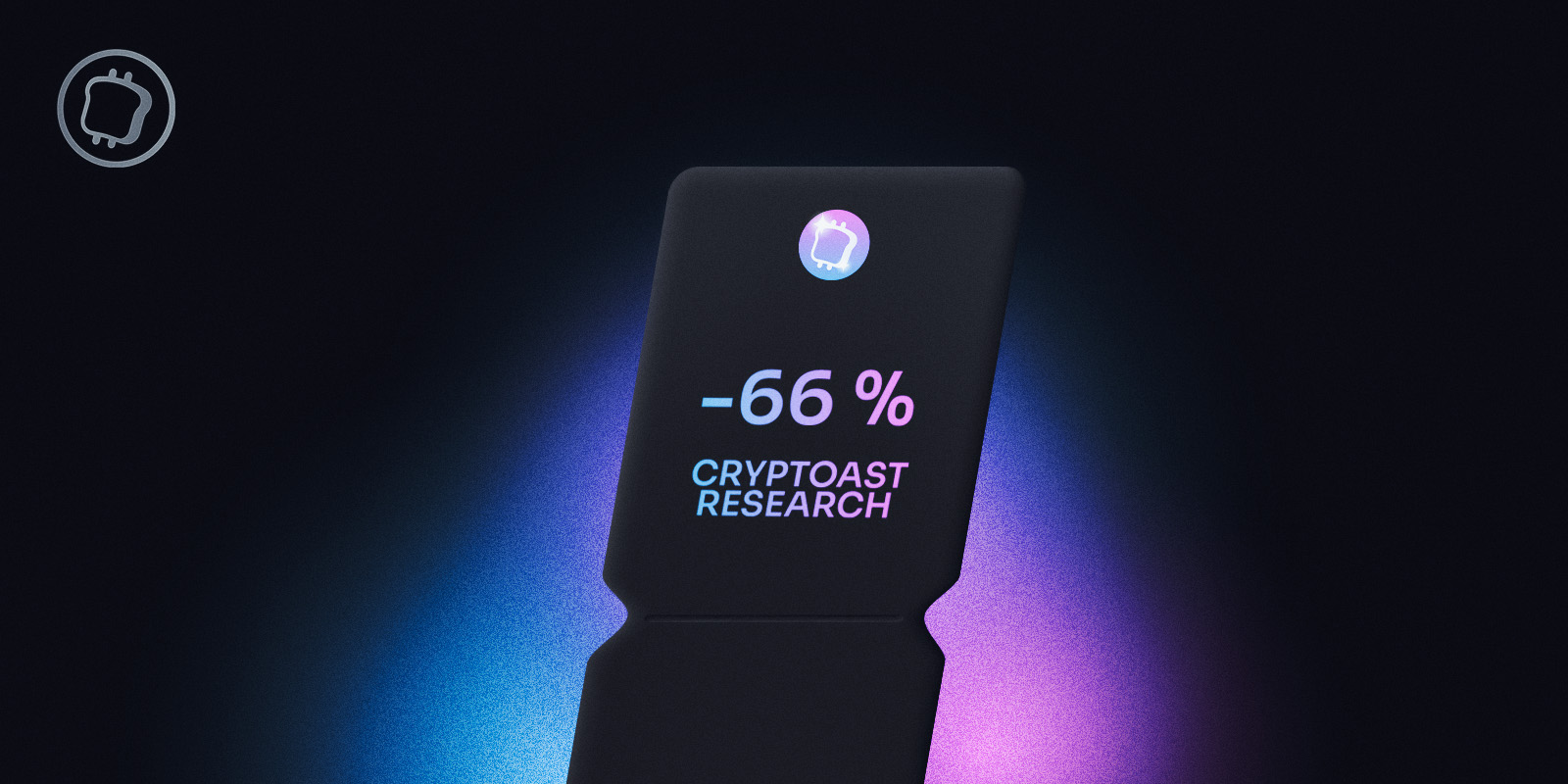A recent European Journal of Nutrition study explored the risk of oesophageal adenocarcinoma (OAC) and head and neck cancer (HNC) posed by the consumption of ultra-processed foods (UPFs). This analysis was carried out in the European Prospective Investigation into Cancer and Nutrition (EPIC) cohort.

Background
The link between disease aetiology and industrial food processing has been getting a lot of attention recently. UPFs are manufactured using inputs such as hydrogenated oils, emulsifiers, and modified starches, i.e., products not found in kitchens. These products are ready-to-eat and cheap and are quite often consumed in substantial quantities. Some examples of UPFs are sweet or savory packaged snacks, soft drinks, and prepared shelf-stable or frozen dishes.
Research has documented that the consumption of UPFs could lead to an increased risk of cancer. In the EPIC cohort, a positive association between HNC and OAC, and UPF consumption has been observed. UPFs also lead to higher adiposity, a risk factor for OAC. In a study of never-smokers, it has also been documented that the body mass index is positively associated with HNC risk.
About the study
The objective of the present study was to delve deeper into the associations between UPF consumption and the risk of HNC and OAC. Besides studying the association between UPF and HNC, the researchers also explored the associations with sub-types of HNC, namely, hypopharynx, larynx, oral cavity, oropharynx, and other cancers. The effects of additional factors, such as smoking, alcohol consumption, and physical activity, were also analyzed. Furthermore, using a mediation analysis, the role of BMI in the association between UPF and HNC, and OAC was studied.
450,111 EPIC participants were included in this study. Cox regressions were used to explore the correlations between UPF consumption and the risk of HNC and OAC. The role of BMI and waist-to-hip ratio (WHR) in these correlations was assessed. Accidental death as a negative control outcome was investigated in sensitivity analyses.
Key findings
Consumption of UPFs was associated with a higher risk of OAC and HNC. There was no evidence of heterogeneity across HNC subtypes. Males showed a stronger positive correlation between UPF consumption and HNC, compared to females. Additionally, from the mediation analysis, it was concluded that residual confounding could have influenced the results.
The mediation results are in line with those documented in existing literature. UPF consumption is related to central adiposity (WHR) and excess weight (BMI). They are low in nutrition and often consumed in large amounts. Some studies have put forward the idea that UPF consumption could adversely change the gut microbiota. The existing evidence suggests that adiposity could raise OAC and HNC risk. In the present study, the mediated effects via BMI and WHR were observed to be small, which suggests that other mechanisms could be involved.
Strengths and limitations
The large sample size of the EPIC cohort and the extended follow-up time was one of the key strengths of this study. Another strong point was the fact that BMI and WHR were measured and not self-reported. The sample was also quite diverse due to EPIC’s multi-center design. The use of different measures of UPF intake augments comparability with previous studies, and measurement error was reduced because cancer cases were detected through registries.
One important limitation of this study was the assumption that the associations between UPF intake and cancers were unaffected by measurement error or residual confounding. These are very strong assumptions, and one could almost be certain that imprecisely measured confounders biased the estimates. The negative control outcome analysis also proves this point.
Further, follow-up data on BMI and WHR could be obtained for 5% and 27% of the participants only. Therefore, sensitivity analyses could not be conducted on the follow-up data. The assumption that the relationship between UPF consumption and OAC risk was influenced by BMI and WHR through separate pathways was an additional limitation. This is incorrect because BMI and WHR are correlated. A final issue is the potential random misclassification bias and the possible weakening of the documented association estimates.
Conclusions
In sum, this study showed that UPF intake is associated with a higher risk of OAC and HNC. BMI and WHR did not explain these associations significantly. The results documented here could be influenced by residual confounding and, therefore, they should be replicated in other settings.
Journal reference:
- Morales-Berstein, F., Biessy, C., Viallon, V., Goncalves-Soares, A., Casagrande, C., Hémon, B., Kliemann, N., Cairat, M., Blanco Lopez, J., Al Nahas, A., Chang, K., Vamos, E., Rauber, F., Bertazzi Levy, R., Barbosa Cunha, D., Jakszyn, P., Ferrari, P., Vineis, P., Masala, G., Catalano, A., Sonestedt, E., Borné, Y., Katzke, V., Bajracharya, R., Agnoli, C., Guevara, M., Heath, A., Radoï, L., Mancini, F., Weiderpass, E., Huerta, J. M., Sánchez, M.-J., Tjønneland, A., Kyrø, C., Schulze, M. B., Skeie, G., Lukic, M., Braaten, T., Gunter, M., Millett, C., Agudo, A., Brennan, P., Borges, M. C., Richmond, R. C., Richardson, T. G., Davey Smith, G., Relton, C. L. and Huybrechts, I. (2023) European Journal of Nutrition. doi: 10.1007/s00394-023-03270-1. https://link.springer.com/article/10.1007/s00394-023-03270-1









